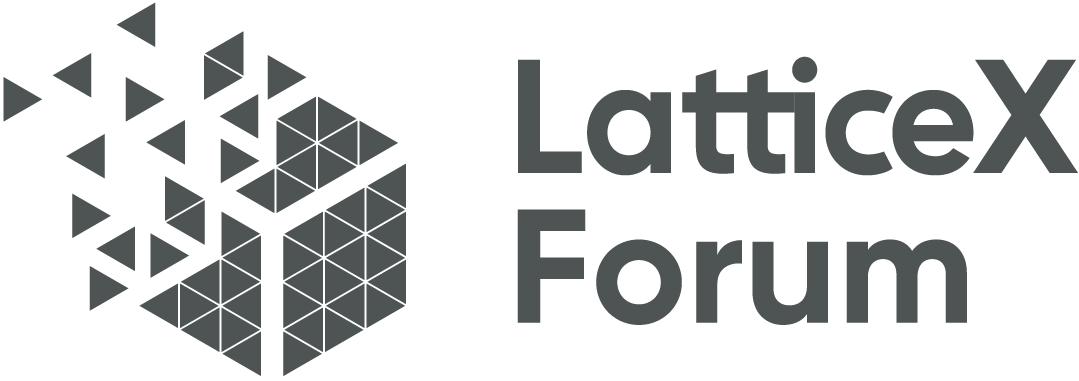The Development and Evolution of the Web(PlatON)
Between 1999 and 2004, O’Reilly and others created Web 2.0, a platform that covers millions of users and promotes communication, organization, and collaboration. Today, more than a decade later, people have raised serious questions about the centralized model, privacy issues, and security of networks.
The era of Web 1.0 is the initial stage of the Internet, which is mainly characterized by static web pages and information browsing based on hyperlinks. The main task of this stage is to establish the infrastructure and specifications of the Internet so that people can access and obtain information through browsers.
With the continuous development of Internet technology and the continuous expansion of application scenarios, the Web2.0 era came into being. The main characteristics of the Web 2.0 era are user generated content and social interaction, where users can share their views, ideas, and lives through various social networking platforms, blogs, and video websites. This mode of user participation and interaction makes the internet a platform for information sharing and communication, providing people with a richer and more diverse online experience. However, large technology and social media companies dominate the market and hold a large amount of personal data of users. As the amount of captured data increases, large data centers serve as breeding grounds for organized crime. With larger datasets from billions of connected devices, the pressure on existing infrastructure will continue to grow. The current client server model runs well, but it is unlikely to scale to the next generation of the web.
On the basis of Web 2.0, Web 3.0 is a new stage gradually formed through continuous exploration and innovation. The main feature of the Web3.0 era is the application of new generation Internet technology with AI, big data, blockchain technology as the core. At this stage, the Internet is no longer a simple information sharing platform, but a more intelligent and decentralized cyberspace. People can achieve decentralized digital asset trading through blockchain technology, automated contract execution through smart contracts, and more personalized and intelligent services through artificial intelligence. Each user can have control over their identity and data. Without relying on third parties, individuals can sell or exchange their data without losing ownership and privacy. The internet will become increasingly autonomous and self-organizing, with the emergence of virtual higher-order cognition and self-awareness, interconnected and becoming more complex, and the global brain will self-organize into global thinking.
